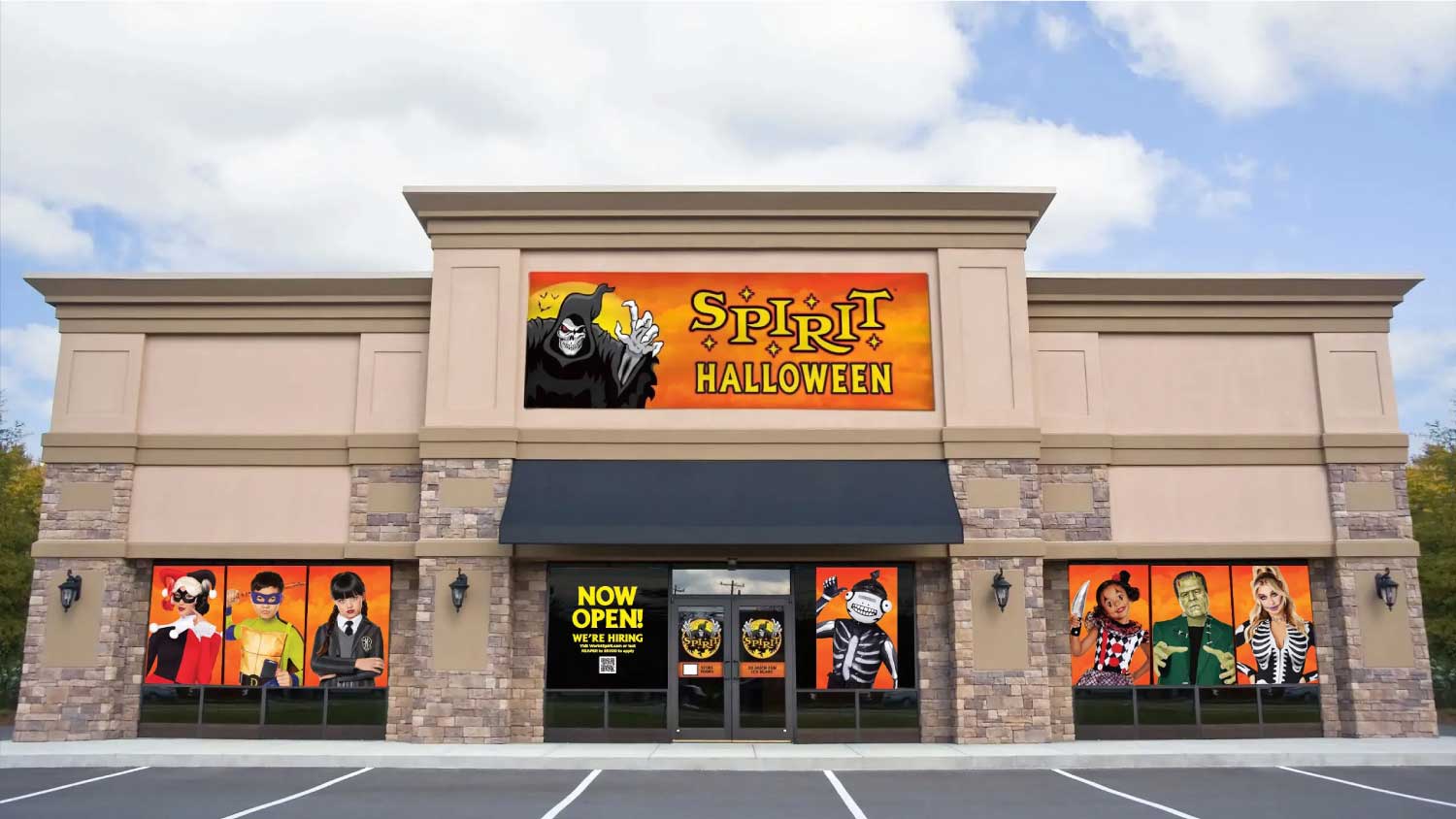Halloween immediately conjures up images of yards strewn with webs and skeletons, houses filled with pumpkins, and kids going door to door in search of sweets. It also ushers in the image of once-deserted storefronts suddenly housing Halloween popups, none more ubiquitous than the most successful pop-retailer ever, Spirit Halloween.
Pop-ups are tailor-made for seasonal retailers. Companies like Spirit Halloween can move into an inexpensive location for a few weeks and liquidate costumes and all other Halloween-related merchandise, and be out of there by Nov. 1. No long-term lease, no interior decorating budget and no worries about attracting traffic because they combine the two unbeatable elements in retail: Demand and Pricing.
But are pop-ups the future of retail for those brands and stores that aren’t just seasonal?
The way we see it, pop-ups have a varied degree of difficulty depending on what type of brand/retailer you are:
For the established retailer with physical stores and online presence:
✅ For a retailer with an existing location(s), experimenting with pop-ups is the least difficult test. You’re testing a new location/market, adapting your wares to a new customer, and enhancing the base concept to see possible new opportunities and new audiences.
✅ With real estate such a big investment for retailers, pop-ups are a fairly inexpensive way to sell product, communicate with customers and understand a market. For these established brands, pop-ups allow them to put a heavier focus on service in order to communicate to new users a deeper understanding of the brand.
✅ Pop-ups allow for testing out different products. If you’re focus is the South and warm-weather apparel, but you want to enter colder-weather locations, a pop-up affords an excellent opportunity to test out new products that you may want to introduce. Same holds for testing out new brands and private label.
For online stores:
✅ For those with an online-only strategy, it raises to a medium level of difficulty to create a pop-up outlet. The omni-channel approach offered by a pop-up provides greater depth to the brand, more depth of sale/interactions. More opportunities for bigger purchases, and a test to see if it is a good idea to expand retail.
✅ A popular online store has a plethora of products and understands its customer, but it’s not enough. They see a need to interact with the customer and allow them to see and feel the brand and get a sense of what it has in a store environment.
✅ Your online store may have 17k skus, but here, you can present your brand without having to show everything. Instead, you get to communicate everything that makes your brand so special, tell the story behind how things are made and what makes them special. Pop-ups can make an impact with the customer.
For a start-up with no online presence or physical retail location:
✅ A pop-up for a start-up brand is the most difficult.
✅ You don’t exist. But you need to connect with a customer, so you open a pop-up to display the brand and have interactions with someone. It’s the most difficult in the sense that your only “store” is that little pop-up that will only be there for a few days. It’s a long-shot. A pop-up is a better gamble than signing a lease or going online, but you have a low chance of success by relying on a pop up.
Pop-ups aren’t for everyone:
So, pop-ups aren’t for everyone – retailer, brand or shopper. But they do make sense for many. We feel the best pop-ups have strong brand and service elements, and if customers are interested, it’s a win-win. Pop-ups provide stronger selling opportunities. New customers can learn and appreciate more about the brand, and existing customers enjoy the newness and location.
Overall, pop-ups are an effective testing mechanism because of the reduced commitment for the retailer. You get learnings from a pop-up without the onerous costs associated with traditional real estate deals. If you’re outside New York City or San Francisco, or wherever, this allows you to figure out the environment and what people in those markets are interested in. It’s a real-time focus group while you’re selling your wares.
